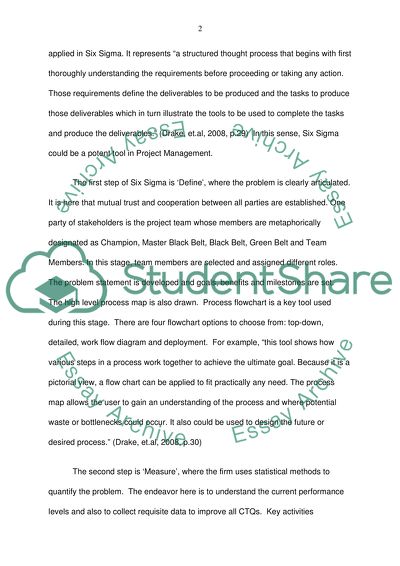Cite this document
(“Managing Processes Through Lean Six Sigma Term Paper”, n.d.)
Retrieved de https://studentshare.org/information-technology/1390874-six-sigma
Retrieved de https://studentshare.org/information-technology/1390874-six-sigma
(Managing Processes Through Lean Six Sigma Term Paper)
https://studentshare.org/information-technology/1390874-six-sigma.
https://studentshare.org/information-technology/1390874-six-sigma.
“Managing Processes Through Lean Six Sigma Term Paper”, n.d. https://studentshare.org/information-technology/1390874-six-sigma.


